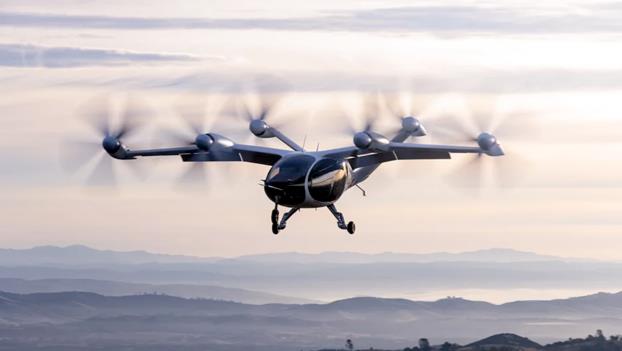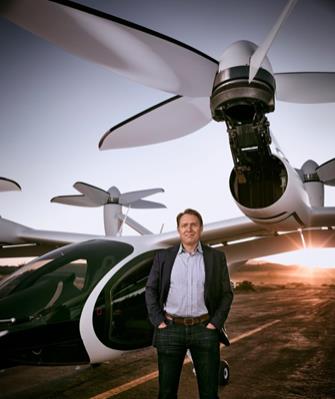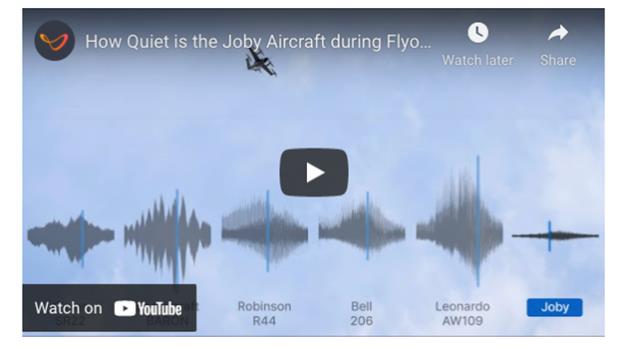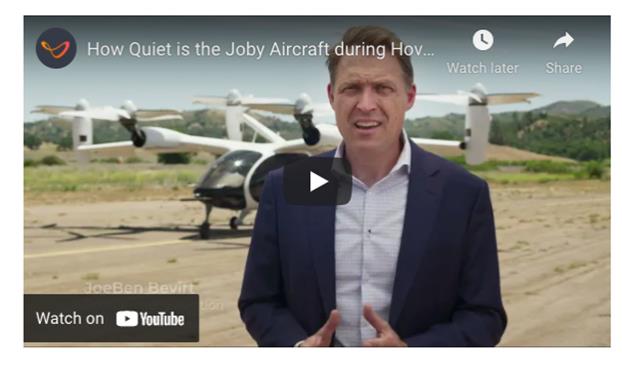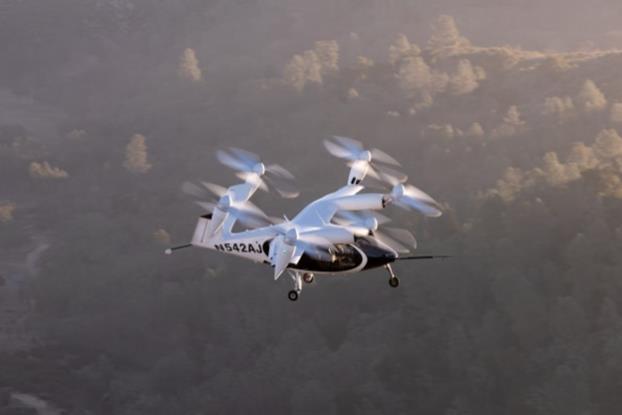ABOUT THE AUTHOR
Sean Captain is a business, technology, and science journalist based in North Carolina. Follow him on Twitter @seancaptain.
More
Forward Looking Statements
This document contains certain forward-looking statements within the meaning of the federal securities laws with respect to the proposed transaction between
RTP and Joby Aviation. These forward-looking statements generally are identified by the words “believe,” “project,” “expect,” “anticipate,” “estimate,” in “intend,” “strategy,”
“future,” “opportunity,” “plan,” “may,” “should,” “will,” “would,” “will be,” “will continue,” “will likely result,” and similar expressions.
Forward-looking statements are predictions, projections and other statements about future events that are based on current expectations and assumptions and, as a result, are subject to risks and uncertainties. Many factors could cause actual future
events to differ materially from the forward-looking statements in this document, including but not limited to: (i) the risk that the transaction may not be completed in a timely manner or at all, which may adversely affect the price of
RTP’s securities, (ii) the risk that the transaction may not be completed by RTP’s business combination deadline and the potential failure to obtain an extension of the business combination deadline if sought by RTP, (iii) the
failure to satisfy the conditions to the consummation of the transaction, including the adoption of the Agreement and Plan of Merger, dated as of February 23, 2021 (the “Merger Agreement”), by and among RTP, Joby and RTP Merger Sub
Inc., a Delaware corporation and a direct wholly owned subsidiary of RTP, by the shareholders of RTP, the satisfaction of the minimum trust account amount following redemptions by RTP’s public shareholders and the receipt of certain
governmental and regulatory approvals, (iv) the lack of a third party valuation in determining whether or not to pursue the transaction, (v) the inability to complete the PIPE investment in connection with the transaction, (vi) the
occurrence of any event, change or other circumstance that could give rise to the termination of the Merger Agreement, (vii) the effect of the announcement or pendency of the transaction on Joby Aviation’s business relationships, operating
results and business generally, (viii) risks that the proposed transaction disrupts current plans and operations of Joby Aviation and potential difficulties in Joby Aviation employee retention as a result of the transaction, (ix) the
outcome of any legal proceedings that may be instituted against Joby Aviation or against RTP related to the Merger Agreement or the transaction, (x) the ability to maintain the listing of RTP’s securities on a national securities exchange,
(xi) the price of RTP’s securities may be volatile due to a variety of factors, including changes in the competitive and highly regulated industries in which RTP plans to operate or Joby Aviation operates, variations in operating
performance across competitors, changes in laws and regulations affecting RTP’s or Joby Aviation’s business and changes in the combined capital structure, (xii) the ability to implement business plans, forecasts, and other
expectations after the completion of the transaction, and identify and realize additional opportunities, and (xiii) the risk of downturns and a changing regulatory landscape in the highly competitive aviation industry. The foregoing list of
factors is not exhaustive. You should carefully consider the foregoing factors and the other risks and uncertainties described in the “Risk Factors” section of RTP’s Annual Report on Form 10-K
for the year ended December 31, 2020, as amended, the registration statement on Form S-4 (File No. 333-254988) and other documents filed by RTP from time to
time with the
